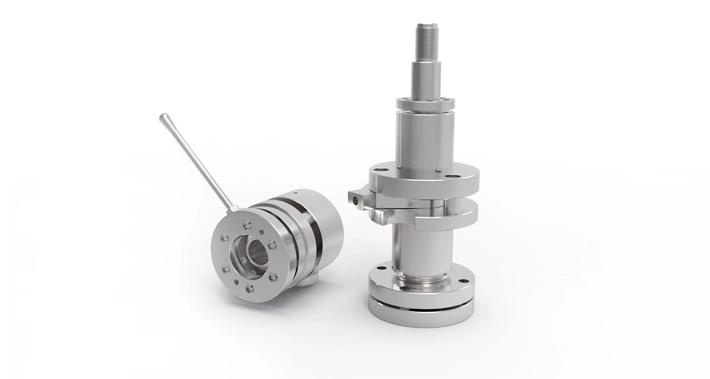English
Jun 21, 2024
Screen changers are indispensable components in polymer extrusion processes, playing a vital role in maintaining the quality and efficiency of production.

Polymer extrusion is a manufacturing process used to create a wide range of plastic products, including films, pipes, profiles, and pellets. During extrusion, raw polymer material is melted and forced through a die to form the desired shape. However, to ensure the quality and integrity of the final product, it's essential to remove impurities and contaminants from the molten polymer before it reaches the die.
Screen changers are devices used to remove impurities, such as dirt, dust, metal particles, and polymer gels, from the molten polymer during extrusion. These contaminants can arise from various sources, including the raw material itself, processing equipment, and environmental factors. If left unfiltered, these impurities can cause defects in the final product, compromising its quality and performance.
Screen changer operates by continuously filtering the molten polymer as it passes through the extrusion process. They consist of a housing containing one or more screens, which trap contaminants while allowing the clean polymer to pass through. When the screens become clogged with contaminants, the screen changer automatically switches to a clean set of screens, ensuring uninterrupted production without the need for manual intervention.
There are several types of screen changers available, each with its own unique design and operating principles. Common types include:
These screen changers operate continuously, with the polymer flow never interrupted during the screen changing process. They are well-suited for high-volume production processes where uninterrupted production is essential.
Manual screen changers require operator intervention to change the screens manually when they become clogged. While they are simple and cost-effective, they are less efficient and may result in downtime during screen changes.
Hydraulic screen changers use hydraulic pressure to push the molten polymer through the screens, facilitating quick and efficient screen changes. They are suitable for applications requiring frequent screen changes or processing of high-viscosity materials.
Screen changers play a critical role in ensuring the quality and efficiency of polymer extrusion operations. By removing impurities and contaminants from the molten polymer, screen changers help maintain consistent product quality, reduce the risk of defects, and minimize downtime due to equipment maintenance or repairs. Additionally, they contribute to cost savings by extending the lifespan of downstream processing equipment and reducing waste generated during production.
This is the last one.